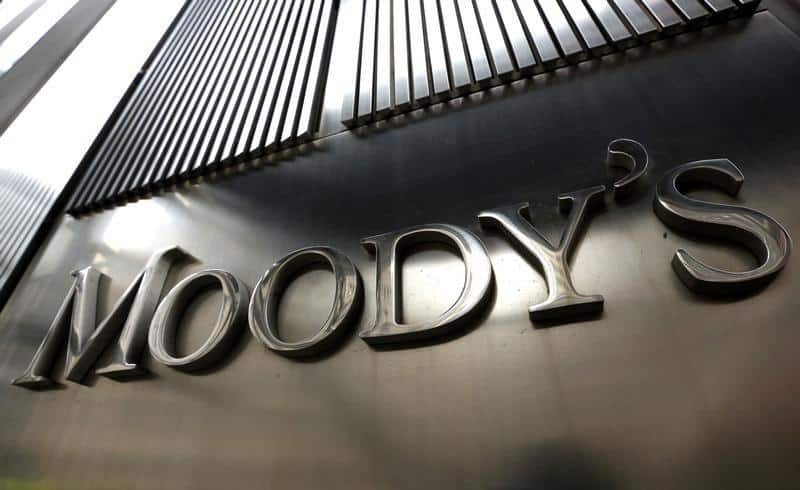New Delhi (Agency): Moody’s Investors Service, a prominent international rating agency, has kept India’s long-term local and foreign-currency sovereign ratings at the lowest investment grade according to a statement released on Friday. This decision comes contrary to what Prime Minister Modi has stated about India’s economy, and it raises questions about the country’s growth.
The detailed ratings include India’s long-term local and foreign-currency issuer ratings and the local-currency senior unsecured rating, which remains at Baa3. The other short-term local-currency rating stands at P-3. These ratings portray India’s status in comparison to other countries.
Moody’s explained the reason behind retaining the rating and stable outlook. They said, “The affirmation and stable outlook are driven by Moody’s view that India’s economy is likely to continue to grow rapidly by international standards, although potential growth has come down in the past 7-10 years.” They further emphasized that “High GDP growth will contribute to gradually rising income levels and overall economic resilience. In turn, this will support gradual fiscal consolidation and government debt stabilization, albeit at high levels.”
While the outlook highlights India’s prospects for high GDP growth, it also acknowledges some ongoing challenges. Moody’s noted that the country’s financial sector continues to strengthen, easing much of the economic and contingent liability risks that previously exerted downward pressure on the rating.
However, the agency pointed out the risks stemming from a high debt burden and weak debt affordability, describing them as “long-standing features of India’s sovereign rating” and expecting them to remain. Additionally, Moody’s mentioned concerns about a curtailment of civil society and political dissent, compounded by rising domestic political risk.
In the international context, India’s rating of Baa3 is considered subject to moderate credit risk and may possess certain speculative characteristics. Rating one notch higher is Baa2, and one notch lower is Ba1. Countries with a Baa2 rating above India include the likes of Malaysia and Spain, while those with a Ba1 rating below India include countries such as Turkey and Russia.
The affirmation of India’s rating at the lowest investment grade by Moody’s brings about various implications for the country. On the positive side, it recognizes India’s robust economic growth compared to international standards and acknowledges the strengthening of the financial sector.
On the negative side, however, this rating raises serious questions about India’s growth trajectory, emphasizing issues such as high debt burden, weak debt affordability, and concerns related to political dissent. Such concerns might affect foreign investment and the global perception of India’s economy.
The rating also contrasts with the optimistic views expressed by India’s government officials, including Prime Minister Modi. It acts as a reminder that despite the anticipated growth, India still faces significant challenges that must be addressed to improve its credit standing on the global stage.
